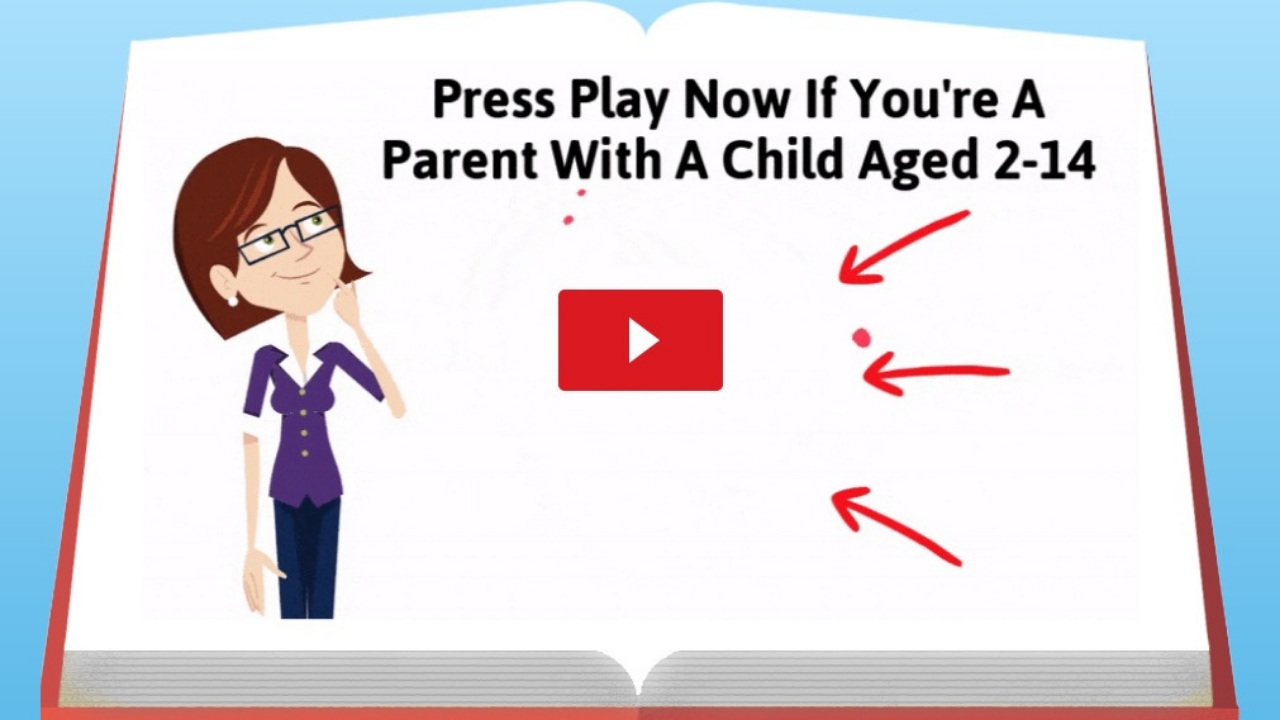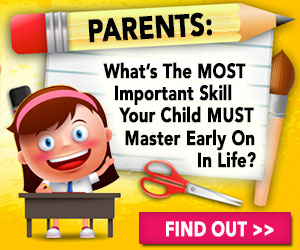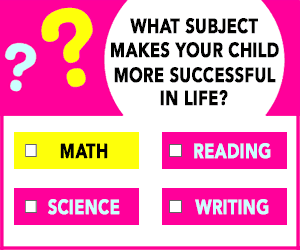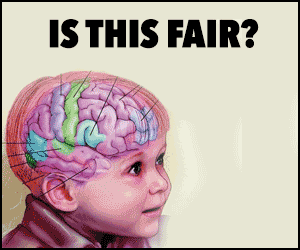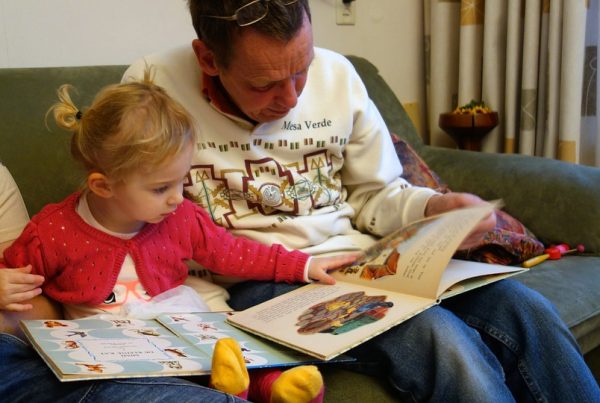Before your child reaches the age of 10, one of the most important things they will accomplish is learning how to read; in fact, children begin acquiring the skills they need to master reading from birth. An infant as young as 6 months old can already distinguish between the sound of their mother tongue and a foreign language, and by the age of 2 they have mastered enough word sounds in their native language to produce over 50 words. Singing the alphabet song and reciting nursery rhymes is the next step as fine motor skills advance, and the ability to write, draw, and copy shapes follow, which eventually lead to forming letters. As a parent, you can encourage these early skills in your child by pointing out letters in daily life, visiting your local library and bookstore to foster an interest in books, and asking them about their day to assist with the development of narrative skills. As an elementary school teacher, everything from vocabulary growth to high performance across all subjects, is linked to a child’s reading ability. When teaching children to read, there are 3 main techniques I have used with amazing results. Those 3 techniques are the Phonics Method, the Whole-Word Approach, and the Language Experience Method, which will be explained in detail below.
1.) The Phonics Method
The phonics method is one of the most popular and commonly used methods for teaching reading to children, as it teaches children to pair sounds with the letters, and blend them together to pronounce the word. This method is focused on helping a child learn how to break down words into sounds, translate those sounds into letters, and combining them to form words, leading to the foundation of their reading ability. Using this method over time will train the cognitive process to automatically translate between letters and sounds, allowing the child to become more fluent and read with ease.
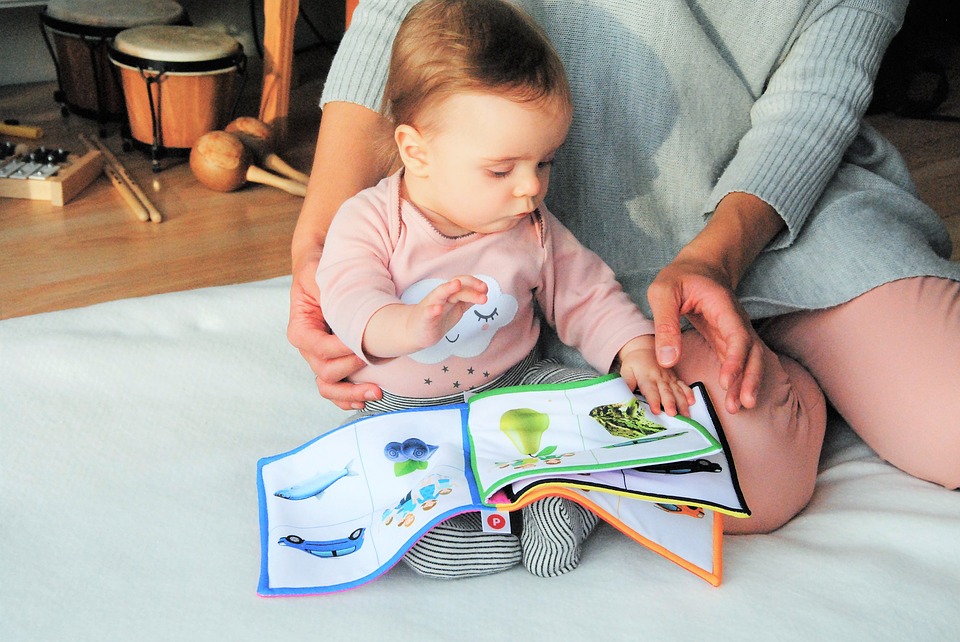
2.) The Whole-Word Approach
This method teaches children to read by sight and relies on memorization and repeated exposure to the written form a word pair with an image and audio. How the whole-word approach differs from the phonics method is that they learn to say the word by recognizing its’ written form as opposed to sounding it out. Putting words into context and providing images can help, and eventually familiar words can be presented on their own, then in short sentences, and eventually longer sentences. When children begin reading via this method, it becomes an automatic process that will have them reading the majority of the vocabulary they encounter, only sounding out words that are unfamiliar to them.
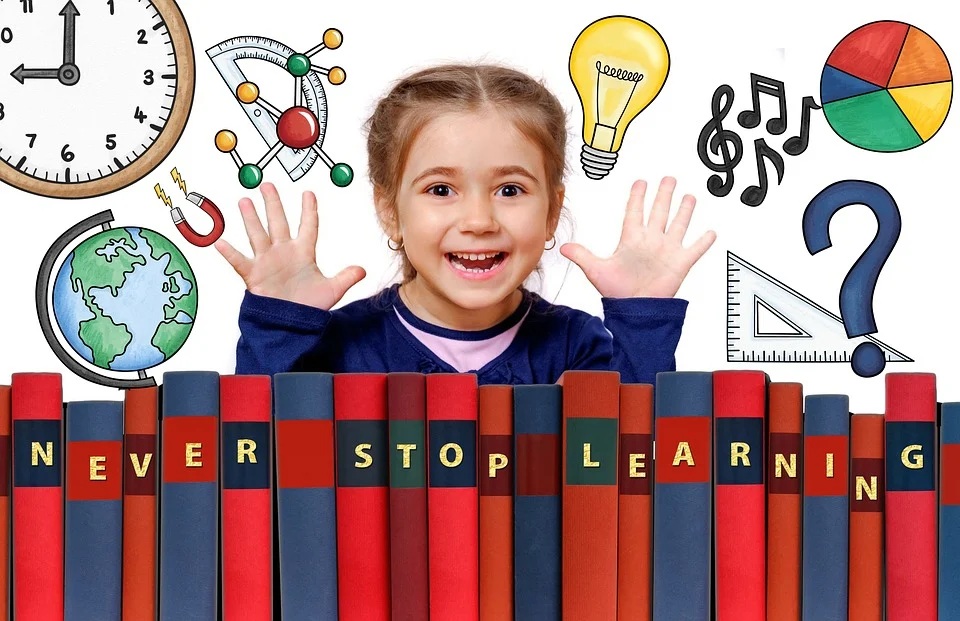
3) The Language Experience
The language experience method of teaching children to read is rooted in personalization, where the words being taught are different for every child. The idea of this technique is children will learn words that they are already familiar with to build confidence and eagerness towards reading. As a teacher, I have used this technique to create unique stories for each student using their preferred list of words, while they draw pictures to correspond with the story, therefore creating their own storybook. As a parent, don’t be afraid to try this technique at home to further strengthen your child’s reading comprehension and build their confidence in reading!
When it comes to teaching your child how to read, it is important to remember that no two children will learn the same way, so remaining flexible in your approach is key to achieving success. Motivation are patience are also key as to avoid introducing any negative associations with school and learning. The more children read with their parents, teacher, and caregivers, the more books become a favorite and exciting pastime and activity. Instead of solely using one of these techniques, it can sometimes be beneficial to combine aspects from each to create your own customized technique for your child. Teaching children is not a simple task, and if after reading these steps you’re left feeling a little overwhelmed, no need to worry, I have a solution for that too!

Below is a short video of how you can improve your child reading effectively. Click the “Play Button” to start watching:


